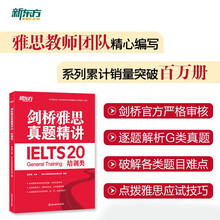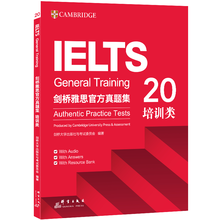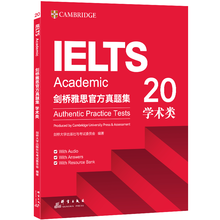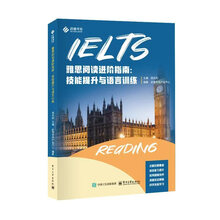Do We Need Cities ANy More'?
A I don't want to live m a city. Perhaps we divide naturally into two types:those for whom aties are vibrant and exating, a focus for human activity; and those for whom they are dirty, noisy and dangerous. It may be unfashionable,but I'm in the latter camp. I do not believe that we are a species whose behavior improves in overcrowded conditions.
B A new study proposes a significant increase in the capaaty of towns and cities through a combination of increased housing densities,lower_on-plot provision for cars and more on-street parking, and the re-use of marginal open space that is'devoid of any amenity value'.The benefit of this approach is to reduce the loss of green fields and to help ' move towards more sustainable patterns of development'.
C This study suggests that it would be possible to achieve a 25% increase in density in a typical provinaal city without changing the traditional street scene,although it would be necessary to reduce the size of the houses and substitute parking spaces for garages. Therefore,the cost of this approach is to have more people living in smaller homes at higher densities,along streets that are lined with parked cars.Can we really accept the notion that space within dwellings may be reduced even further?In times when,we are told,living standards are rising in real terms, is it realistic to seek to reduce personal space standards?
D The streets of many inner suburbs are already lined with cars on both sides,reduang movement to a single lane. Increasing densities means accepting urban streets that are designed as linear car parks, bounded by even smaller living units and tempered only by occasional trees sprouting from the tarmac. Would the benefits of higher density be worth the disadvantages of increasing on-street parking?Can we achieve a satisfactory visual environment from such raw naterials? Higher urban densities may be communally good for us, but they will fail to meet the aspirations of many prospective home owners.
E Those without economic choice can be directed to live in this way but if we are to continue to rely on the private sector to produce this urban housing, it will need to appeal to the private developers' customers. Who will choose to live in these high-density developments of small dwellings, with minimal open space and a chance to park on the highway if you are lucky enough to find a space? The main consumers Will be single people, couples without children, and perhaps some 'empty nesters'( people whose children have grown up and left home) .
These are people who can choose to spend much of their time outside their home,making the most of those urban cultural opportunities or getting away an weekends to a country cottage or sporting activities.
F The combination of a young family and a mortgage restricts the mobility and spending power of many couples. Most people with a family will try to avoid bringing up their children in a cramped flat or house. Space for independent activity is important in developing the individual and in maintaining family equilibrium.The garden is the secure place where the children can work off excess energy.
G There is a danger that planners may take a dispassionate,logical view of how we should live, and seek to force soaety into that mould. A few years ago a European Commission study provided a good example of this. It took the view,quite sensibly, that housing should not be under-occupied because this is a waste of resources. Therefore, it would be much better if the many thousands of old ladies who live alone in large detached houses would move into small urban flats,thus releasing the large houses for families. What the study failed to recognise was that many of those old ladies prefer to continue to live in their family home with their familiar surroundings and, most importantly,with their memories. What is good for us is not necessarily what we want.
H The urban housing option may be technically sustainable, but individually unacceptable. There still seems to be a perception among planners that new housing investment can be forced into those areas that planners want to see developed,without proper consideration of where the prospective purchasers want to live.
There is a fatal flaw in this premise. Housing developers run businesses. They are not irrevocably committed to building houses and they are not obliged to invest their resources in housing development. Unless there is a reasonable prospect of a profit on the capital at risk in a housing project, they may simply choose to invest in some other activity.
Questions 1-6
Choose ONE phrase ( A-G ) from the box to complete each of the following key points.Write the appropriate letters ( A-G ) in boxes1-6 on your answer sheet.
The information in the completed sentences should be an accurate summary of points made by the writer.
NB Yor may use any phrase more that once.
A. people likely to want to live in high density accommodation
B. living in higher density accommodation
C. if houses are built smaller
D. where old people should live
E. if residential density in cities is mcreased
F. where people do not want to live
G. attitude towards city livng
Example There will be more green space available
1. Residential density in cities will be increased_____
2. There are two types of______
3. There are three types of_______
4. Developers are unlikely to build houses______
5. Planners might try to dictate_______
6. Many people will not be happy______
……
展开










